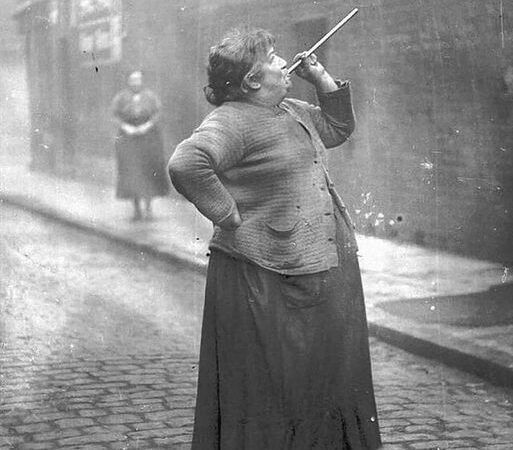10 Strange Professions That No Longer Exist
There was a time when certain professions were in high demand, but as our society evolved and advanced, some of these professions became obsolete.
Moreover, with the aspect of ever-changing technology, many jobs that exist today are vastly different – or nonexistent – from those 10, 20, or 30 years ago.
So, what happened to all those old careers?
This list will discuss some of the strangest but back-then-necessary jobs that have disappeared.
You can mainly attribute the disappearance of many of these ways to make money to technological advances.
For example, modern bowling alleys have elaborate systems that collect balls and pins, so pinsetters are no longer necessary.
Likewise, with the spread of proper refrigeration, the cool job of ice cutters became a thing of the past.
This article will discuss ten strange professions that no longer exist.
Who knows, maybe you’ll learn about a job that you’re ancestors did before you were born.
The Human Alarm Clock
In the days before alarm clocks, people used to hire others to wake them up in the morning.
It may not seem complicated, but it was quite an essential job in the 1800s.
The “Human Alarm Clocks” or “Knocker Uppers” would often use long poles to tap on the windows of their employers or even shoot peas at the glass of their windows.
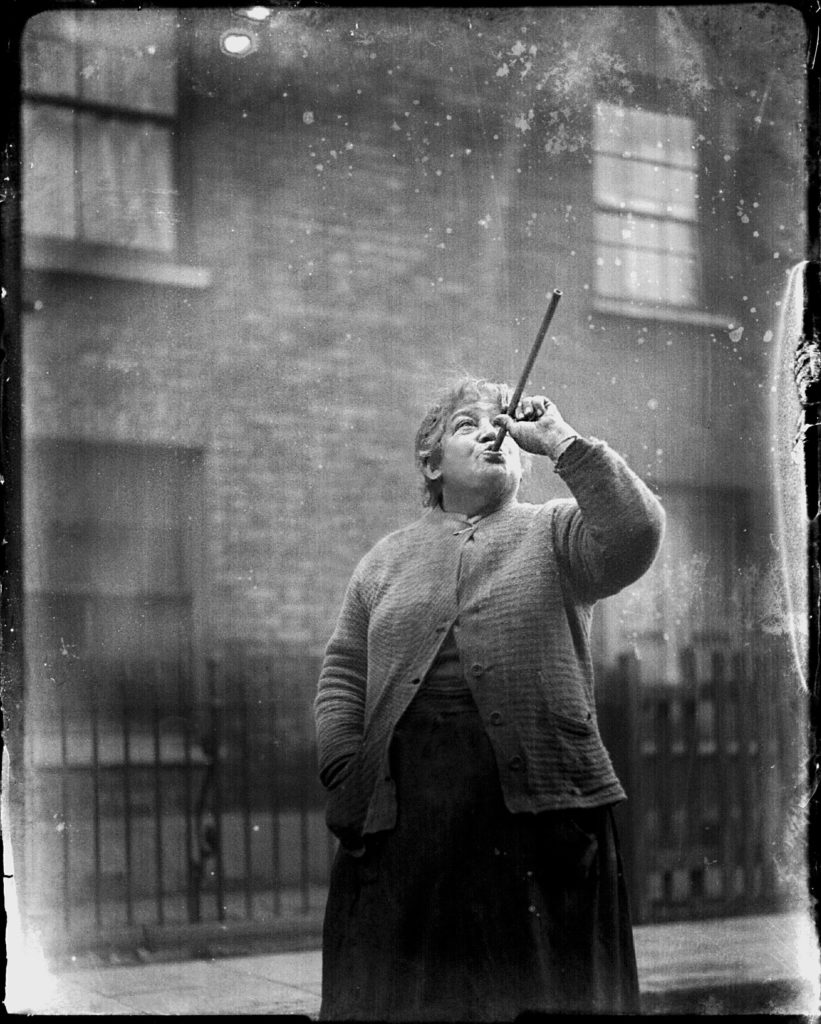
It may seem like an unnecessary job, but think about it, didn’t people back then need to wake up at certain times too?
After all, you could miss an important meeting or appointment if you oversleep.
Subscribe to the History Defined newsletter!
Get updates on the latest posts and more from History Defined straight to your inbox.
Can you imagine having to pay someone to wake you up every morning?
Pinsetter
If you’ve ever been bowling, you’re aware that machines reset the pins after each turn.
But before these automatic pinsetters, there was a whole profession devoted to manually setting the pins back up.
The “employees” of these jobs were often children.
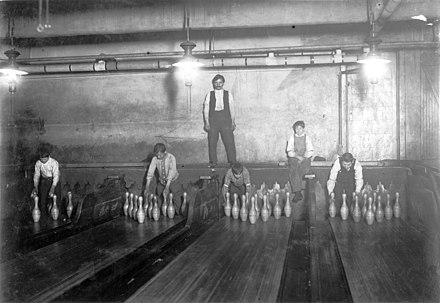
This was a tedious job. The introduction of automatic pinsetters in 1956 by the Brunswick Company was revolutionary for the industry – and put many manual laborers out of a job.
In addition, the job could be dangerous for the children as flying pins or bowling balls could hit them.
Of course, a job like this violates child labor laws today, but it was a different time back then.
Ice Cutter
Did you know that before modern refrigeration, people used to cut ice from lakes and rivers to store food?
Ice cutting was an actual profession in the 1800s, and it was a dangerous job.
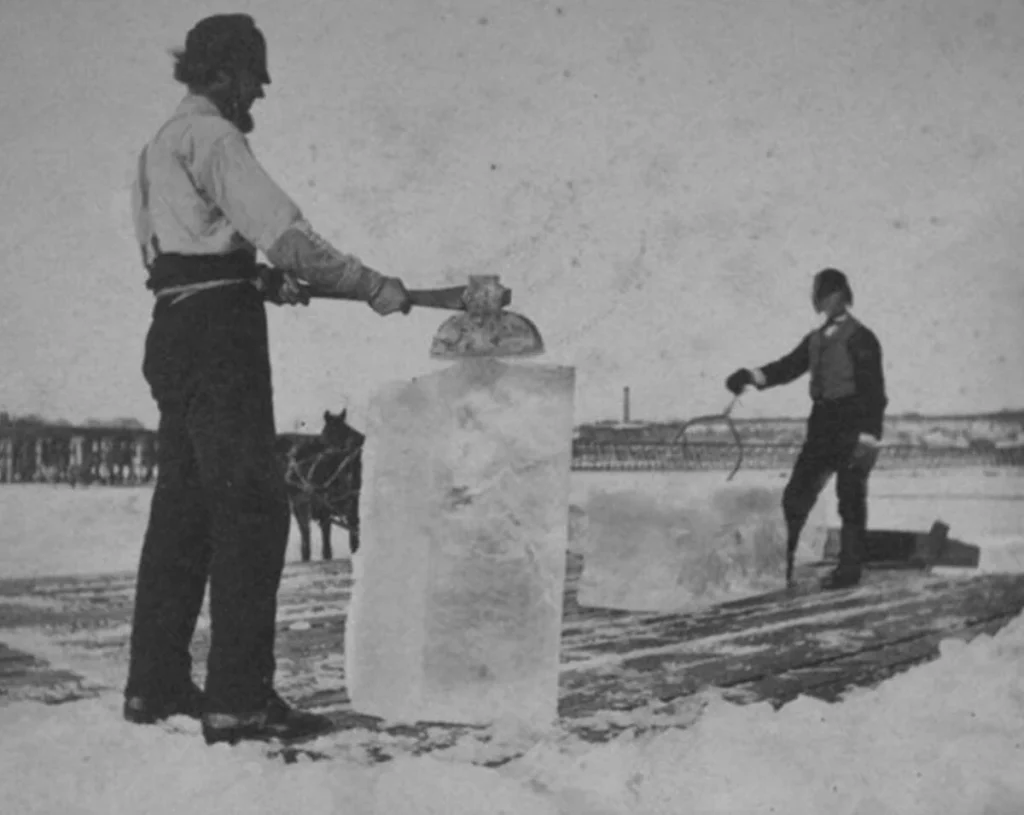
The ice cutters would use large saws to cut the ice blocks, which they would then transport to homes and businesses.
This profession quickly became obsolete with the advent of modern refrigeration by the 1920s.
It’s hard to believe that people used to do this for a living, but it shows how much our society has changed in such a short period.
Leech Collectors
In the days before modern medicine, leeches were used for bloodletting, a medical practice in which doctors extracted blood from a patient to treat various diseases.
You might view this as a strange and barbaric practice, but leeches were actually in high demand by doctors.
So much so that there were people who collected them for a living.
These “leech collectors” often went into swamps and marshes to find the leeches.
They would use old horses, which the leeches attached themselves to, or the collector would use their own bodies to attract the leeches.
Can you imagine having to do this for a living?
Lamplighter
It was the duty of a lamplighter to light the streets at night, just as it is with today’s electric streetlights.
Lamplighters used a long pole with a wick on one end to light the oil or candles in streetlamps, then returned to snuff them in the morning.
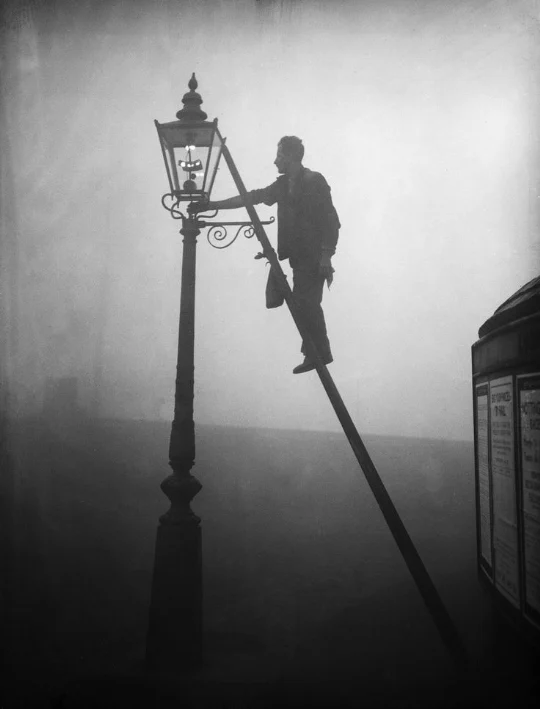
It’s challenging to locate a full-time lamplight, particularly in the United States, but they may hang out in tourist attractions in other countries.
Lamp lighting started to decline with the invention of gas lamps in 1814 in Europe and possibly even faster because of the incandescent light bulb by Thomas Edison in 1879.
The profession was obsolete and all but extinct by the early 1900s.
Rat Catcher
Rat catching was once a common profession, particularly in Europe, especially during the Black Plague, as rats were a significant problem in cities.
Rat catchers would trap or shoot the rats and turn them over to the authorities.
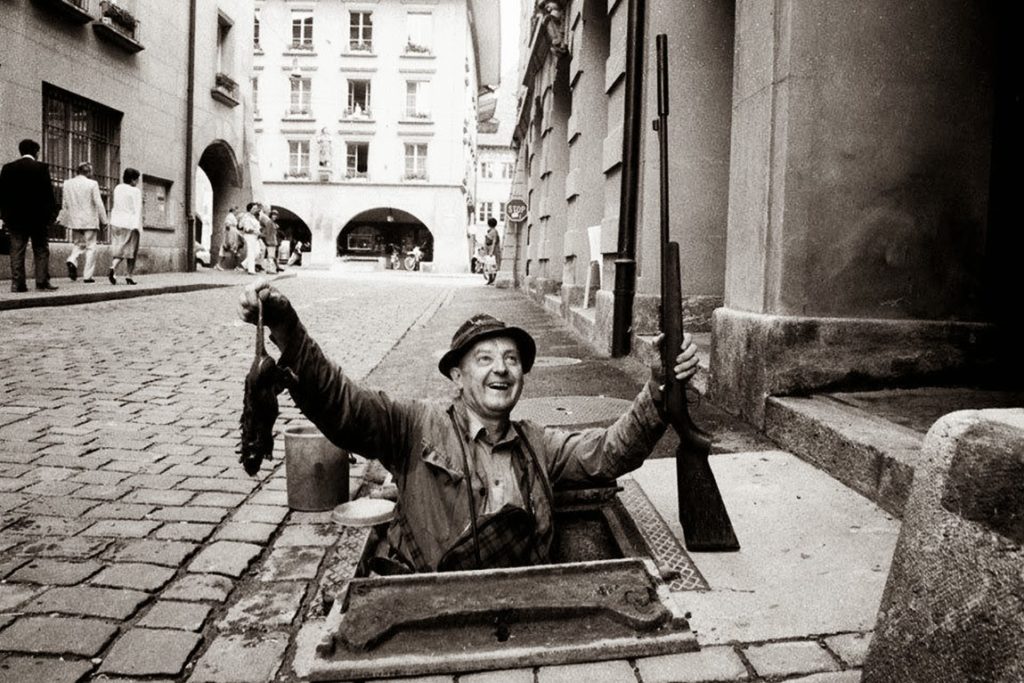
In some cases, they would also be responsible for disposing of the rats.
However, the job exposed them to sickness as rats could spread diseases.
Subscribe to the History Defined newsletter!
Get updates on the latest posts and more from History Defined straight to your inbox.
With the advent of modern pest control methods, like rodenticides, this profession has disappeared.
The Human Computer
No, it’s not a science fiction movie; there was a time when organizations hired people to perform calculations now handled by computers.
These “human computers” were often women, as many believed them more capable of performing these repetitive tasks.
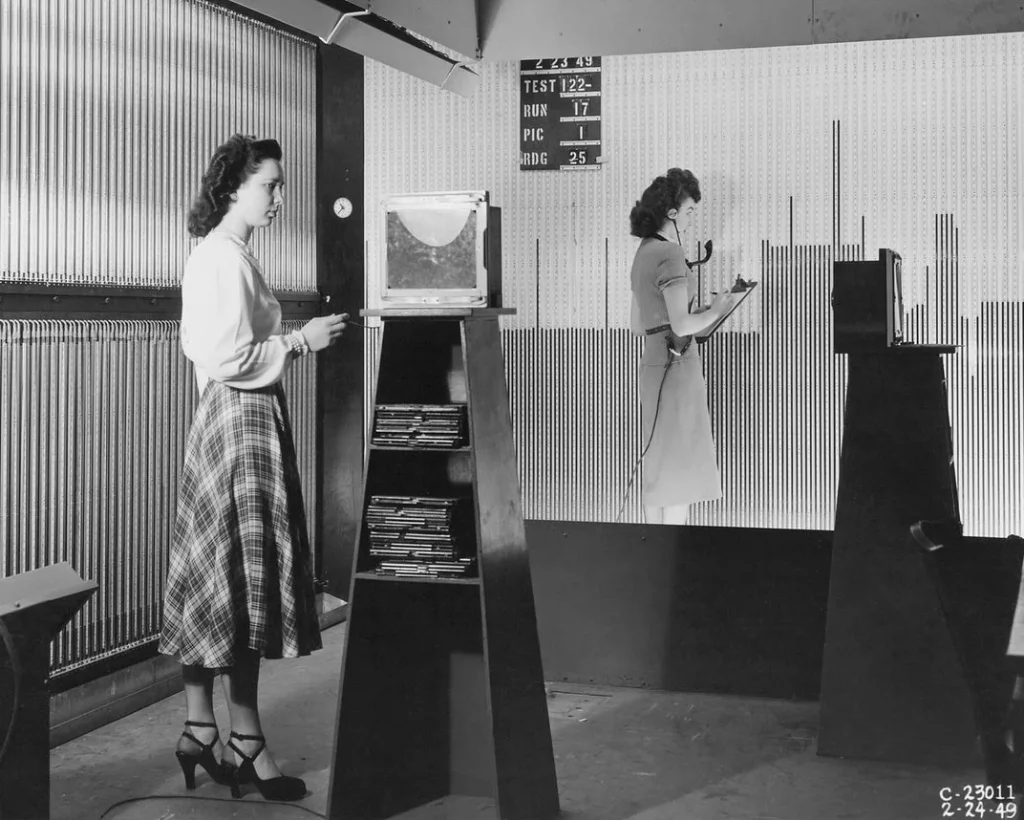
However, this profession became obsolete with the invention of the electronic computer in the 1970s.
Can you imagine having to do complex calculations by hand?
It’s hard to believe that this was once a real job.
Resurrectionists
Before modern medicine, people believed dissecting cadavers was the best way to study anatomy.
However, there was a problem with this, as legal cadavers were very rare.
So, people who needed cadavers for their studies would hire “resurrectionists” to steal corpses from graveyards.
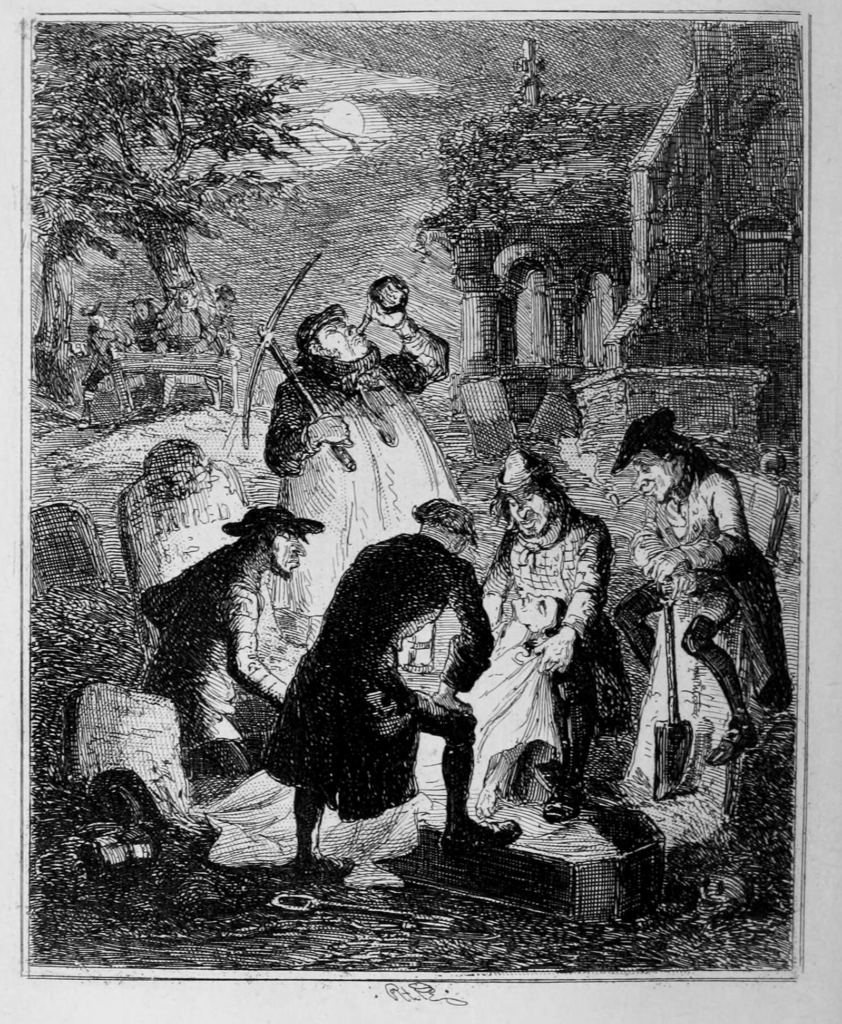
Universities had to hire “resurrectionists” to keep up with the demand for cadavers. Grave robbing was popular in Britain.
Even though “resurrectionists weren’t well-liked by the community for obvious reasons, this profession became obsolete with the passing of the Anatomy Act in 1832, which made it illegal.
Resurrectionists would often get caught and charged with grave robbing. With the development of modern medical schools, this profession is no longer needed.
Cigarette Girl
Cigarette girls were once ordinary in America, particularly in the early 1900s.
They would walk around smoking establishments, like bars and clubs, selling cigarettes to customers.
Cigarette girls usually wore revealing outfits and were a sort of eye candy, selling cigarettes from a box around their neck.
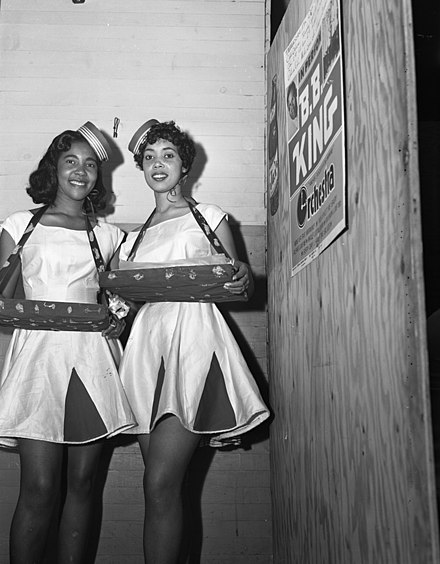
However, this profession started to decline in the mid-1900s with the advent of self-service cigarette machines.
